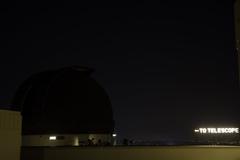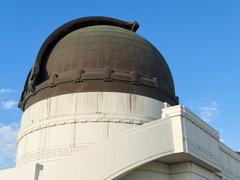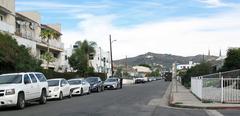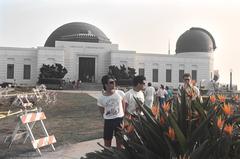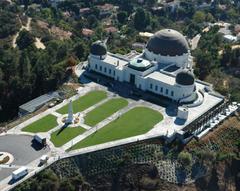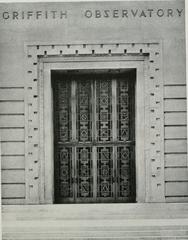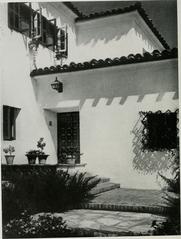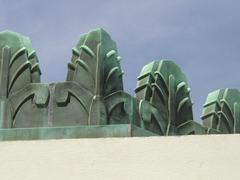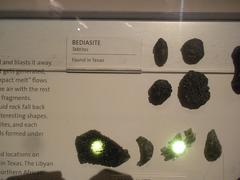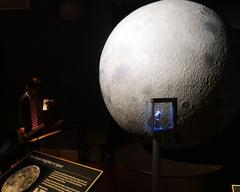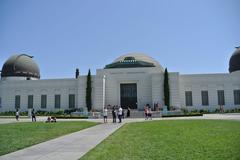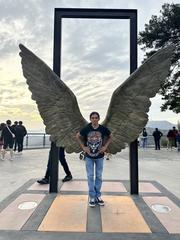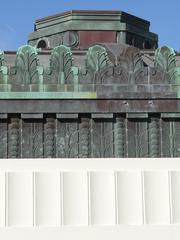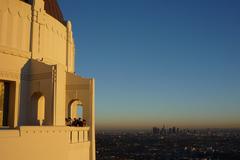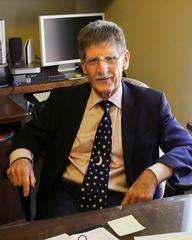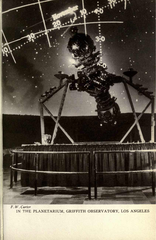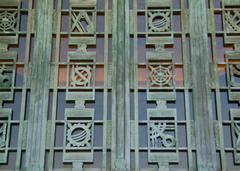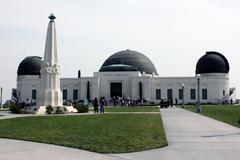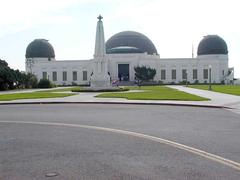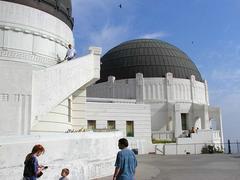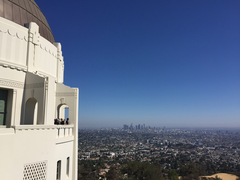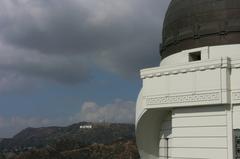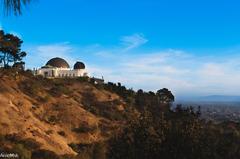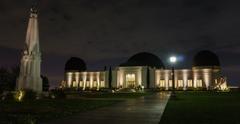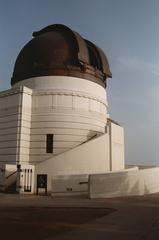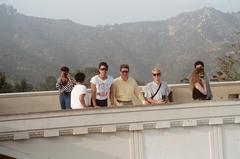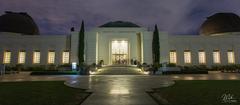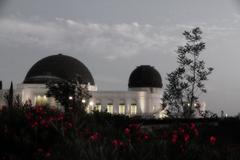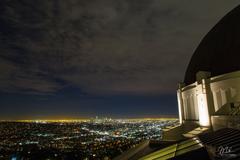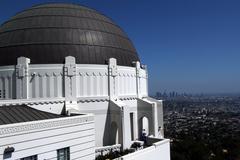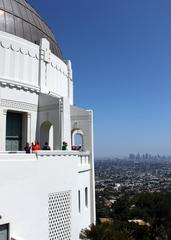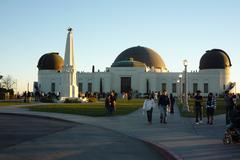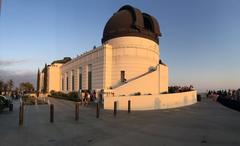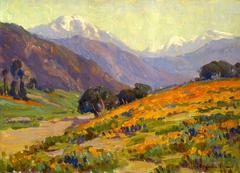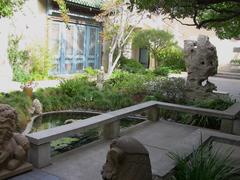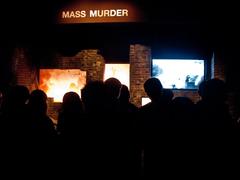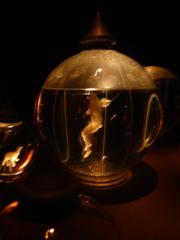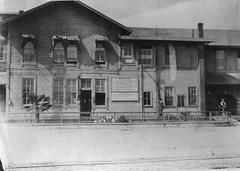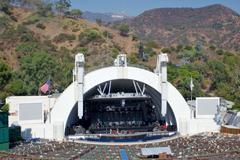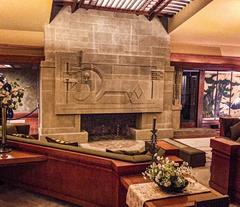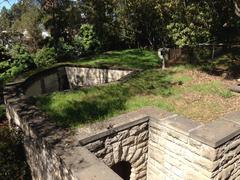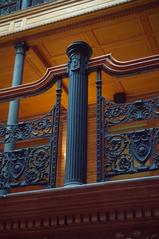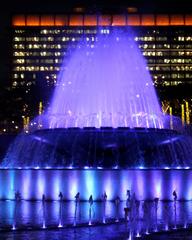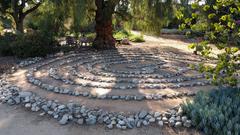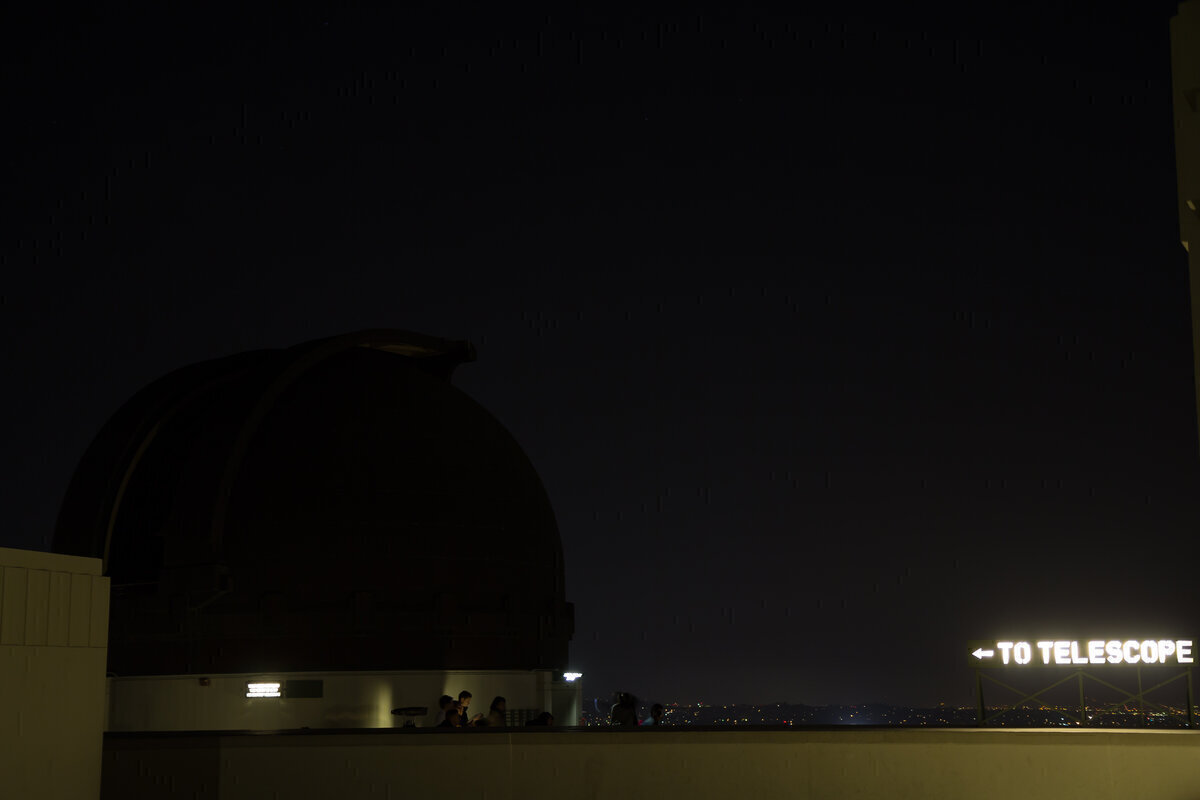
Visiting Hours and Tickets for Griffith Observatory, Los Angeles Historical Site
Date: 17/07/2024
Introduction
The Griffith Observatory, a prominent landmark in Los Angeles, stands as a beacon of scientific discovery and cultural heritage, attracting millions of visitors annually. Established through the vision and philanthropy of Griffith J. Griffith, the observatory aims to make astronomy accessible to all, a mission it has upheld since its opening in 1935 (Griffith Observatory Official Site). As an architectural marvel designed in the Art Deco style, it not only serves as a center for public telescopes and educational exhibits but also as a cultural icon featured in numerous films and television shows (Los Angeles Times, IMDb). This comprehensive guide delves into the rich history of the Griffith Observatory, its role in modern science education, and provides practical information for visitors, including hours, ticket prices, and travel tips. Whether you’re a local resident or a tourist, this guide will help you make the most of your visit to one of Los Angeles’ most iconic historical sites.
Table of Contents
- [History of Griffith Observatory](#history-of-griffith-observatoryhistory-of-griffith-observatory)
- [Early Vision and Donation](#early-vision-and-donationearly-vision-and-donation)
- [Construction and Opening](#construction-and-openingconstruction-and-opening)
- [World War II and Post-War Era](#world-war-ii-and-post-war-eraworld-war-ii-and-post-war-era)
- [Renovations and Modernization](#renovations-and-modernizationrenovations-and-modernization)
- [Cultural Significance](#cultural-significancecultural-significance)
- [Educational Programs and Public Outreach](#educational-programs-and-public-outreacheducational-programs-and-public-outreach)
- [Technological Advancements](#technological-advancementstechnological-advancements)
- [Community Engagement and Future Plans](#community-engagement-and-future-planscommunity-engagement-and-future-plans)
- [Visitor Information](#visitor-informationvisitor-information)
- [Visiting Hours and Tickets](#visiting-hours-and-ticketsvisiting-hours-and-tickets)
- [Travel Tips](#travel-tipstravel-tips)
- [Accessibility](#accessibilityaccessibility)
- [Special Events and Guided Tours](#special-events-and-guided-toursspecial-events-and-guided-tours)
- [Photographic Spots](#photographic-spotsphotographic-spots)
- [Conclusion](#conclusionconclusion)
- [FAQ](#faqfaq)
- [References](#referencesreferences)
History of Griffith Observatory
Early Vision and Donation
The Griffith Observatory owes its existence to the vision and philanthropy of Griffith J. Griffith. Born in Wales in 1850, Griffith emigrated to the United States and became wealthy through mining. In 1896, he donated 3,015 acres of land to the City of Los Angeles, which later became Griffith Park. His vision was to create a public observatory that would make astronomy accessible to all. Griffith’s donation included funds for the construction of the observatory and a Greek Theatre, with the stipulation that the observatory be free to the public (Griffith Observatory Official Site).
Construction and Opening
Construction of the Griffith Observatory began in 1933, during the Great Depression, providing much-needed jobs to the local community. The project was designed by architects John C. Austin and Frederick M. Ashley in the Art Deco style, which was popular at the time. The observatory was completed in 1935 and officially opened to the public on May 14, 1935. The opening ceremony was attended by over 30,000 people, highlighting the public’s enthusiasm for the new scientific and educational facility (Los Angeles Times).
World War II and Post-War Era
During World War II, the Griffith Observatory played a crucial role in training pilots in celestial navigation. The planetarium projector was used to simulate the night sky, helping pilots learn to navigate using the stars. After the war, the observatory continued to serve as an educational resource, hosting school field trips and public programs. In the 1960s, the observatory’s role expanded to include training for astronauts in the Apollo program, further cementing its importance in the field of space exploration (NASA History).
Renovations and Modernization
By the late 20th century, the Griffith Observatory needed significant upgrades to meet modern standards. In 2002, the observatory closed for a major renovation and expansion project, which lasted four years and cost $93 million. The renovation preserved the historic character of the building while adding new features, such as the Leonard Nimoy Event Horizon Theater and the Gunther Depths of Space exhibit hall. The observatory reopened to the public on November 3, 2006, with enhanced facilities and exhibits that continue to attract millions of visitors each year (Griffith Observatory Renovation).
Cultural Significance
The Griffith Observatory has not only been a center for scientific education but also a cultural icon. It has appeared in numerous films, television shows, and music videos, making it a recognizable symbol of Los Angeles. One of the most famous appearances is in the 1955 film “Rebel Without a Cause,” starring James Dean. The observatory’s role in the film has made it a pilgrimage site for fans of classic cinema. More recently, it was featured in the 2016 film “La La Land,” further solidifying its status as a cultural landmark (IMDb).
Educational Programs and Public Outreach
Since its inception, the Griffith Observatory has been dedicated to public education and outreach. It offers a variety of programs, including public lectures, school field trips, and special events like star parties and eclipse viewings. The observatory’s Samuel Oschin Planetarium presents live shows that explore various astronomical topics, making complex scientific concepts accessible to the general public. Additionally, the observatory’s website provides educational resources and live streams of celestial events, extending its reach beyond the physical location (Griffith Observatory Programs).
Technological Advancements
The Griffith Observatory has continually updated its technology to provide visitors with the best possible experience. The Zeiss Mark IV planetarium projector, installed in 1964, was replaced in 2002 with the Zeiss Universarium Mark IX, one of the most advanced projectors in the world. This new projector offers a more realistic and immersive view of the night sky. The observatory also features state-of-the-art telescopes, including the historic 12-inch Zeiss refracting telescope, which has been in use since the observatory’s opening in 1935 (Zeiss Projector).
Community Engagement and Future Plans
The Griffith Observatory remains committed to engaging with the community and inspiring future generations of scientists and astronomers. It hosts numerous community events, such as the annual Griffith Park Free Shakespeare Festival and various cultural festivals. Looking ahead, the observatory plans to continue expanding its educational programs and updating its exhibits to reflect the latest advancements in astronomy and space science. The ongoing commitment to public education and community engagement ensures that the Griffith Observatory will remain a vital resource for Los Angeles and beyond (Griffith Observatory Events).
Visitor Information
Visiting Hours and Tickets
The Griffith Observatory is open to the public six days a week, from Tuesday to Sunday. Typical visiting hours are from 12:00 PM to 10:00 PM on weekdays and from 10:00 AM to 10:00 PM on weekends. Admission to the observatory and its grounds is free, but there may be fees for certain shows and events. It is always a good idea to check the official website for the most current visiting hours and ticket information.
Travel Tips
The observatory is located at 2800 East Observatory Road in Griffith Park, Los Angeles. Due to its popularity, parking can be challenging, especially on weekends and holidays. Public transportation options, such as taking the DASH Observatory shuttle from the Vermont/Sunset Metro Red Line station, are highly recommended. Additionally, consider exploring nearby attractions within Griffith Park, such as the Greek Theatre, the Los Angeles Zoo, and the Autry Museum of the American West.
Accessibility
The Griffith Observatory is committed to making its facilities accessible to all visitors. The observatory provides ramps and elevators for wheelchair access, as well as assistive listening devices for planetarium shows. Service animals are welcome, and there are designated accessible parking spaces available near the observatory entrance.
Special Events and Guided Tours
The Griffith Observatory hosts a variety of special events throughout the year, including star parties, eclipse viewings, and themed lectures. Guided tours are available for those who want a more in-depth understanding of the observatory’s exhibits and telescopes. Be sure to check the observatory’s event calendar for upcoming events and tour schedules.
Photographic Spots
For photography enthusiasts, the Griffith Observatory offers numerous picturesque spots. The front lawn provides a stunning view of the observatory with the Los Angeles skyline in the background. The terraces offer panoramic views of the city and the Hollywood Sign. Sunset is an especially magical time for capturing breathtaking photos.
Conclusion
The Griffith Observatory stands as a testament to the power of vision, education, and community engagement. From its historic roots to its modern-day advancements, it continues to inspire and educate visitors from around the world. Whether you’re a local or a tourist, a visit to this iconic Los Angeles historical site is a must. Stay updated with the latest events and programs by visiting the official Griffith Observatory website, and don’t forget to explore the surrounding attractions in Griffith Park. Plan your visit today and experience the wonders of the universe at the Griffith Observatory!
FAQ
Q - What are the Griffith Observatory visiting hours?
A - The observatory is typically open from 12:00 PM to 10:00 PM on weekdays and from 10:00 AM to 10:00 PM on weekends. Check the official website for the most current hours.
Q - Is there an admission fee for the Griffith Observatory?
A - Admission to the observatory and its grounds is free, though certain shows and events may have fees.
Q - What are some nearby attractions?
A - Nearby attractions include the Greek Theatre, the Los Angeles Zoo, and the Autry Museum of the American West.
Q - Are there guided tours available?
A - Yes, guided tours are available. Check the observatory’s event calendar for schedules.
Q - How can I get to the Griffith Observatory?
A - Public transportation is recommended due to limited parking. The DASH Observatory shuttle from the Vermont/Sunset Metro Red Line station is a convenient option.
